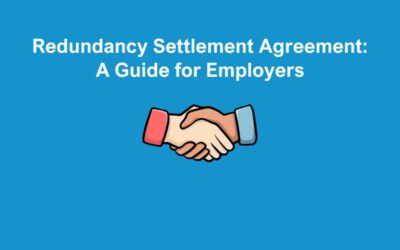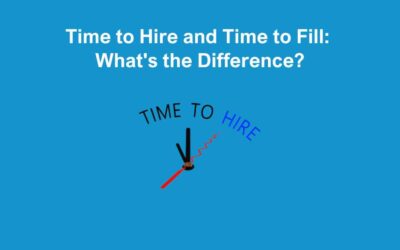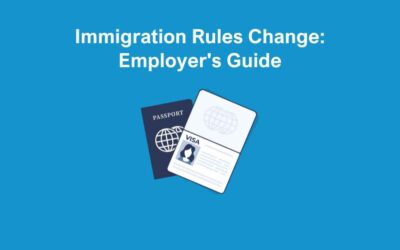One of our most frequently asked question this month is, what is the good work plan? so we thought we would give you a quick overview. In December 2018, the government published its Good Work Plan. This is designed to implement the proposals made in the 2017 Taylor Review. The reforms under this plan are due to come into effect in April 2020, with the primary purpose of ensuring that individuals have better access to, and a better understanding of their employment relationships.
There are a number of key areas affecting employers, specifically in relation to issuing a more comprehensive statement of written particulars. These now need to be issued on the first day of employment at the very latest. In addition, which is a change from the current practice of within the first 8 weeks of employment.
Introduction of Sanctions Levied
There will be an introduction of sanctions levied onto employers who have lost a second tribunal case on similar grounds to a previous claim. For example, if a company loses a claim for a failure to make reasonable adjustments and then proceeds to act unlawfully in the same way again, a tribunal will have the power to impose a financial sanction on the company.
Employers will also no longer be able to rely on a one-week gap to break continuity of service. This is due to the required time to break will be increased to four weeks. This is to reduce employers abusing the system by dismissing employees and then almost immediately re-engaging them to reset the clock on their employment rights such as unfair dismissal.
There will also be a new right available to workers and employees that after 26 weeks of service. This is if they are able to request a fixed working pattern if they are dissatisfied with their current ad-hoc arrangement. This will mainly affect employers who employ workers on zero-hours contracts or variable shift patterns.
Holiday Pay
Another major change that will affect employers is how you calculate holiday pay. In addition, the reference period for the calculation to be increased from 12 to 52 weeks. This aimed at ensuring workers who work regular overtime, or who have variable hours receive a more reflective rate of holiday pay and not at times that may have followed a quieter period at work.
What is more significant for employers is the fact the Government are funding a Holiday Pay Awareness Campaign on these changes. Furthermore, where employers are not applying the current arrangements of paying holiday pay based on average earnings in the 12 weeks before the holiday period, are very likely to find themselves defending claims from the workforce. This could result in backdated claims too. In addition, this could be a major headache for those employers who continue to avoid paying average earnings during periods of annual leave.
HMRC will continue to with their approach of enforcing the National Minimum Wage, including deductions for things like uniforms etc. The Good Work Plan will extend their approach to the enforcement of holiday pay.
Finally, the Good Work Plan will ban employers keeping tips intended for their staff. In addition, this is aimed at the hospitality sector.
All of this comes into effect in April 2020, so you have time to prepare and implement any change. If you would like further advice or guidance on how this might affect your business, you can contact us to discuss –







